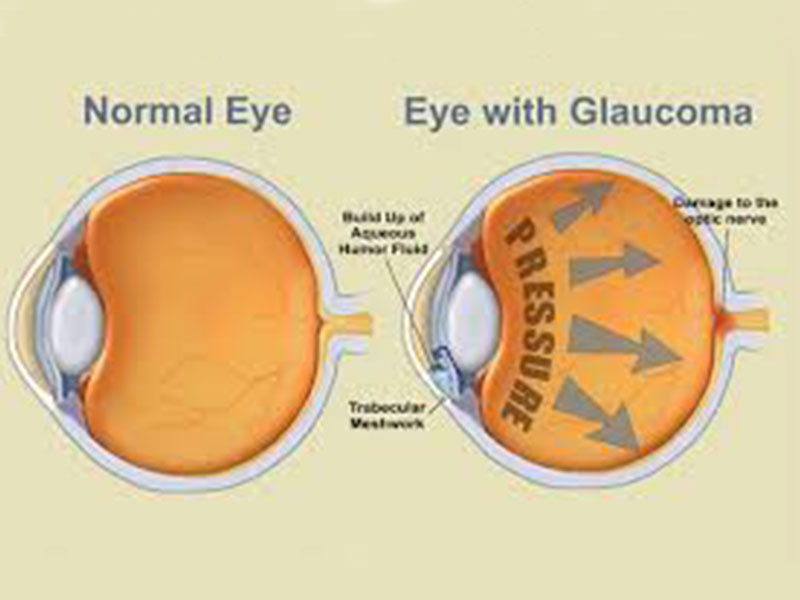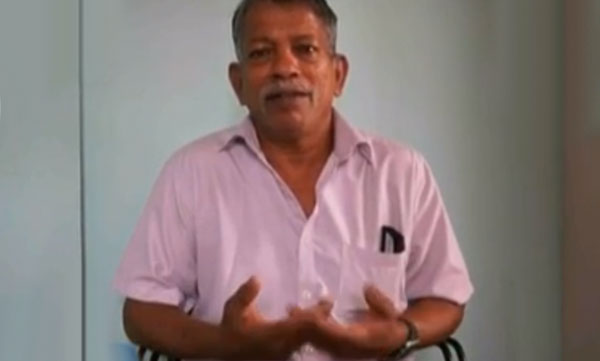Glaucoma
What Is Glaucoma?
Glaucoma is a condition that causes damage to your eye's optic nerve and gets worse over time. It's often linked to a buildup of pressure inside your eye. Glaucoma tends to be inherited and may not show up until later in life. The increased pressure, called intraocular pressure, can damage the optic nerve, which transmits images to your brain. If the damage continues, glaucoma can lead to permanent vision loss. Without treatment, glaucoma can cause total permanent blindness within a few years. Most people with glaucoma have no early symptoms or pain. You need to see your eye doctor regularly so she can diagnose and treat glaucoma before long-term visual loss happens. If you’re over age 40 and have a family history of the disease, you should get a complete eye exam from an eye doctor every 1 to 2 years. If you have health problems like diabetes or a family history of glaucoma or are at risk for other eye diseases, you may need to go more often.

What Causes Glaucoma?
it's the result of high fluid pressure inside your eye. This happens when the liquid in the front part of the eye doesn't circulate the way it should. Normally, the fluid, called aqueous humor, flows out of your eye through a mesh-like channel. If this channel gets blocked, the liquid builds up. That’s what causes glaucoma. The reason for the blockage is unknown, but doctors do know it can be inherited, meaning it’s passed from parents to children. Less common causes include a blunt or chemical injury to your eye, severe eye infection, blocked blood vessels inside the eye, and inflammatory conditions. It’s rare, but sometimes eye surgery to correct another condition can bring it on. It usually affects both eyes, but it may be worse in one than the other. What Are the Types of Glaucoma? There are two main kinds: Open-angle glaucoma. It’s the most common type. Your doctor may also call it wide-angle glaucoma. The drain structure in your eye -- it’s called the trabecular meshwork -- looks normal, but fluid doesn’t flow out like it should. Angle-closure glaucoma. It’s less common in the West than in Asia. You may also hear it called acute or chronic angle-closure or narrow-angle glaucoma. Your eye doesn’t drain right because the angle between your iris and cornea is too narrow. Your iris is in the way. This can cause a sudden buildup of pressure in your eye. It’s also linked to farsightedness and cataracts, a clouding of the lens inside your eye.
What Are the Symptoms?
Most people don’t have any. The first sign is often a loss of peripheral, or side, vision. That can go unnoticed until late in the disease. That’s why glaucoma is often called the "sneak thief of vision." Detecting glaucoma early is one reason you should have a complete exam with an eye specialist every 1 to 2 years. Occasionally, pressure inside the eye can rise to severe levels. In these cases, you may have sudden eye pain, headache, blurred vision, or the appearance of halos around lights.
How Is Glaucoma Treated?
Your doctor may use prescription eye drops, laser surgery, or microsurgery. Eye drops. These either reduce the formation of fluid in the eye or increase its outflow. Side effects may include allergies, redness, stinging, blurred vision, and irritated eyes. Some glaucoma drugs may affect your heart and lungs. Be sure to tell your doctor about any other medications you’re taking or are allergic to.

.jpg)









 I am Nimitha, before Lasik, I am very difficult to see and difficult to handle contact lens and specs. After the lasik treatment I am very relaxed.
I am Nimitha, before Lasik, I am very difficult to see and difficult to handle contact lens and specs. After the lasik treatment I am very relaxed. 